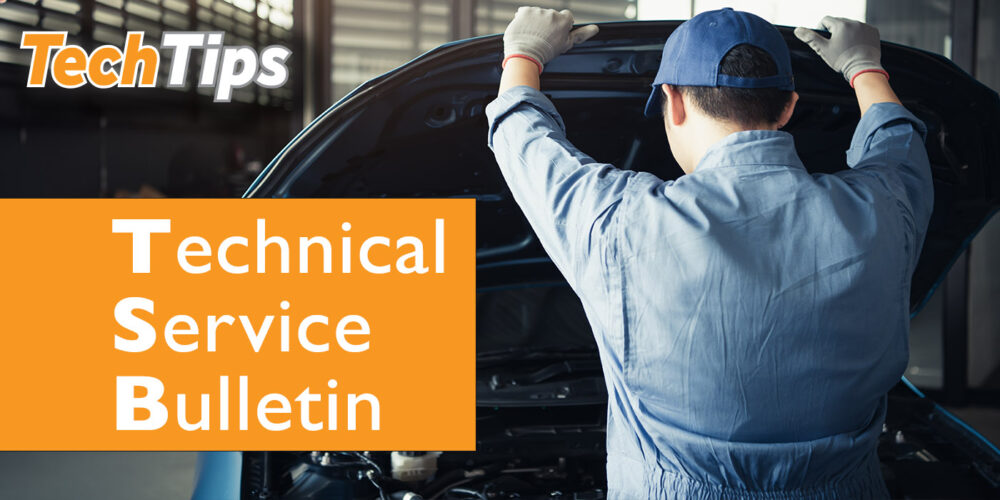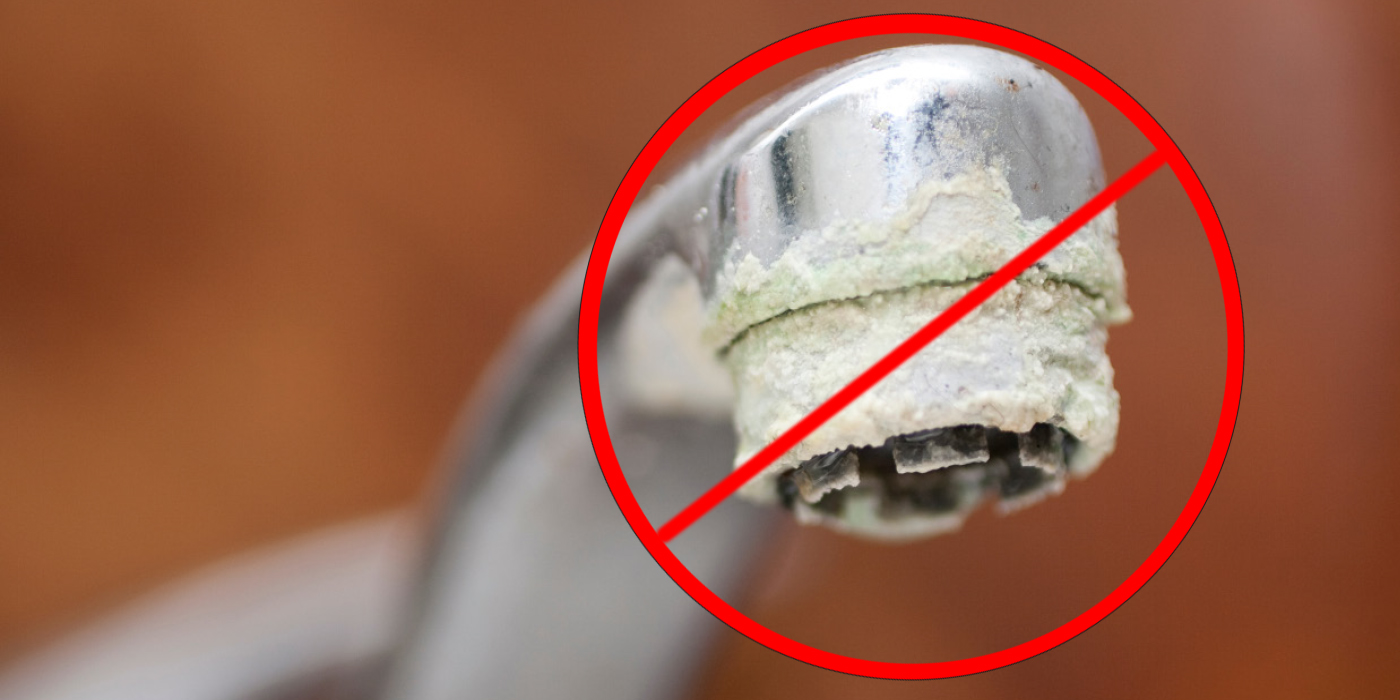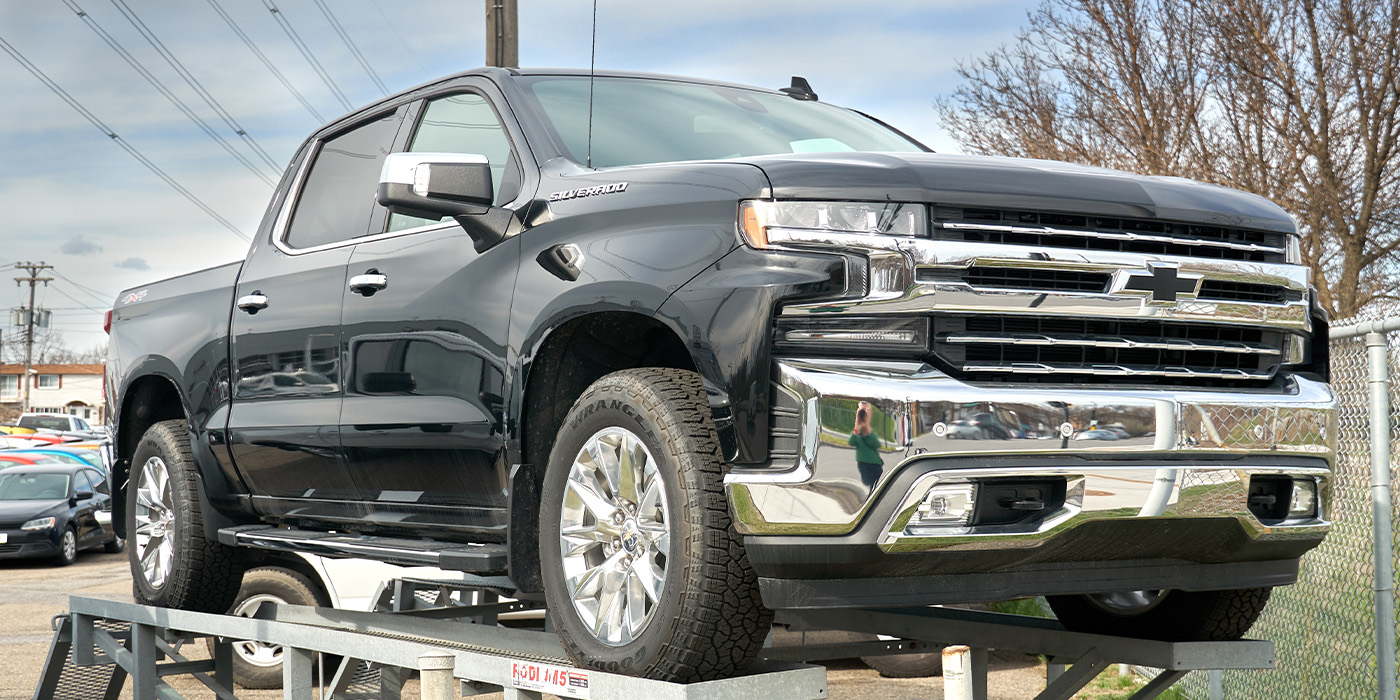I’ll tell you guys up front – according to the factory, you’ll need a certified welding tech with a MIG welder to accomplish step 11 of this procedure. The bulk of the repairs, though, can be easily accomplished in the shop with satisfactory results.
Customers may come to you after many frustrating attempts by other shops to get an irritating vibration out of their 1996-98 Ford Mustang convertibles equipped with a 3.8-Liter engine. The vibration or shake seems to occur while driving at a steady speed of approximately 62 mph (100 km/h) on smooth roads. This problem may be due to the interaction between the body and the suspension.
To address this problem, you should first perform steps 1-7 of the "Service Procedure" to insure the vibration is not due to any common cause condition. If vibration is still unacceptable, install the parts listed in this article to reduce the vehicle’s sensitivity to vibration.
Service Procedure
1. Verify the tires are not flat spotted, out of round, or excessively worn and the rims are not damaged.
2. Set all tire pressures to the pressure recommended on the vehicle label.
3. If this vehicle is a 1998 model with 16" tires and an automatic transmission, set the tire pressure to 30 psi (207 kPa).
4. Verify that the lateral and radial run-out of the wheel is less than 0.045" (1.14 mm), then check to make sure the tires are properly balanced on a calibrated tire balancer.
5. Normalize engine and transmission mounts to eliminate possible stressed or bound up conditions (loosen the mounts, start engine to settle components and then retighten the mounts).
6. Check for loose suspension fasteners, control arms, steering rack or cross-member.
7. Replace any worn suspension or steering components.
8. Re-evaluate the vehicle. If OK, return to the customer.
NOTE: Some Mustang convertibles may be more sensitive to vibration than others. If unacceptable vibration is still detectable, perform steps 9 through 13.
9. Disconnect the negative battery cable.
10. Replace the engine mounts with a new set of stiffer engine mounts.
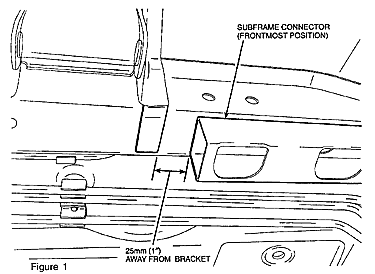 11. Install a set of underbody rails. Refer to Figure 1 to determine where to place the rails to the underbody. The underbody rails will need to be welded to the underbody of the vehicle.
11. Install a set of underbody rails. Refer to Figure 1 to determine where to place the rails to the underbody. The underbody rails will need to be welded to the underbody of the vehicle.
Special Notes
• A MIG welder and a standard body "gas metal arc welding" repair procedure should be used.
• Remove the paint in the welding area, underbody and rails, for better weld penetration.
• The welds should have a minimum 0.25" (5 mm) weld bead and a minimum total length of 3" (75 mm) on both sides of the rail (Figure 2).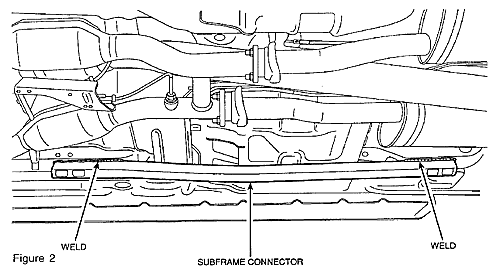 • Upon completion, the welded area should be treated for corrosion using a Super Seal Anti-Corrosion Compound.
• Upon completion, the welded area should be treated for corrosion using a Super Seal Anti-Corrosion Compound.
NOTE: If this vehicle has an automatic transmission, transfer the attaching shift cable retainer from the body to the bracket that is located on the underbody rails. This is important to ensure the shifter cable does not hang down.
12. Reconnect the battery.
Ford Parts Information
• XR3Z-76101W09-AA – Underbody Rail – Left.
• XR3Z-76101W08-AA – Underbody Rail – Right.
• XR3Z-6038-DA – Engine Mount – Right.
• XR3Z-6038-DB – Engine Mount – Left.
• F3AZ-19515-SA – Super Seal Anti-Corrosion Compound.
Repair Times
• Check tire condition/pressure/balance, normalize mounts, inspectfor loose fasteners and road test: 1.3 (approx. hours).
• Replace engine mounts and install/weld underbody rails: 2.0 (approx. hours).
Although this procedure appears to be drastic, the vibration can be very annoying. I know many customers that would sell their Mustangs because of the vibration, or sell their souls to get rid of it. Besides the other areas of expertise your shop is famous for, this repair could easily establish you as the premiere Mustang convertible "Vibration Eradication Specialists." And who wouldn’t want that reputation?
Written by ALLDATA Technical Editor, Rich Diegle. Rich is an Advanced Engine Performance Certified and ASE Master Technician with an Associate of Arts degree in automotive technology and 22 years of dealership and independent shop experience.
Courtesy of ALLDATA.
For additional information, visit www.alldata.com.






